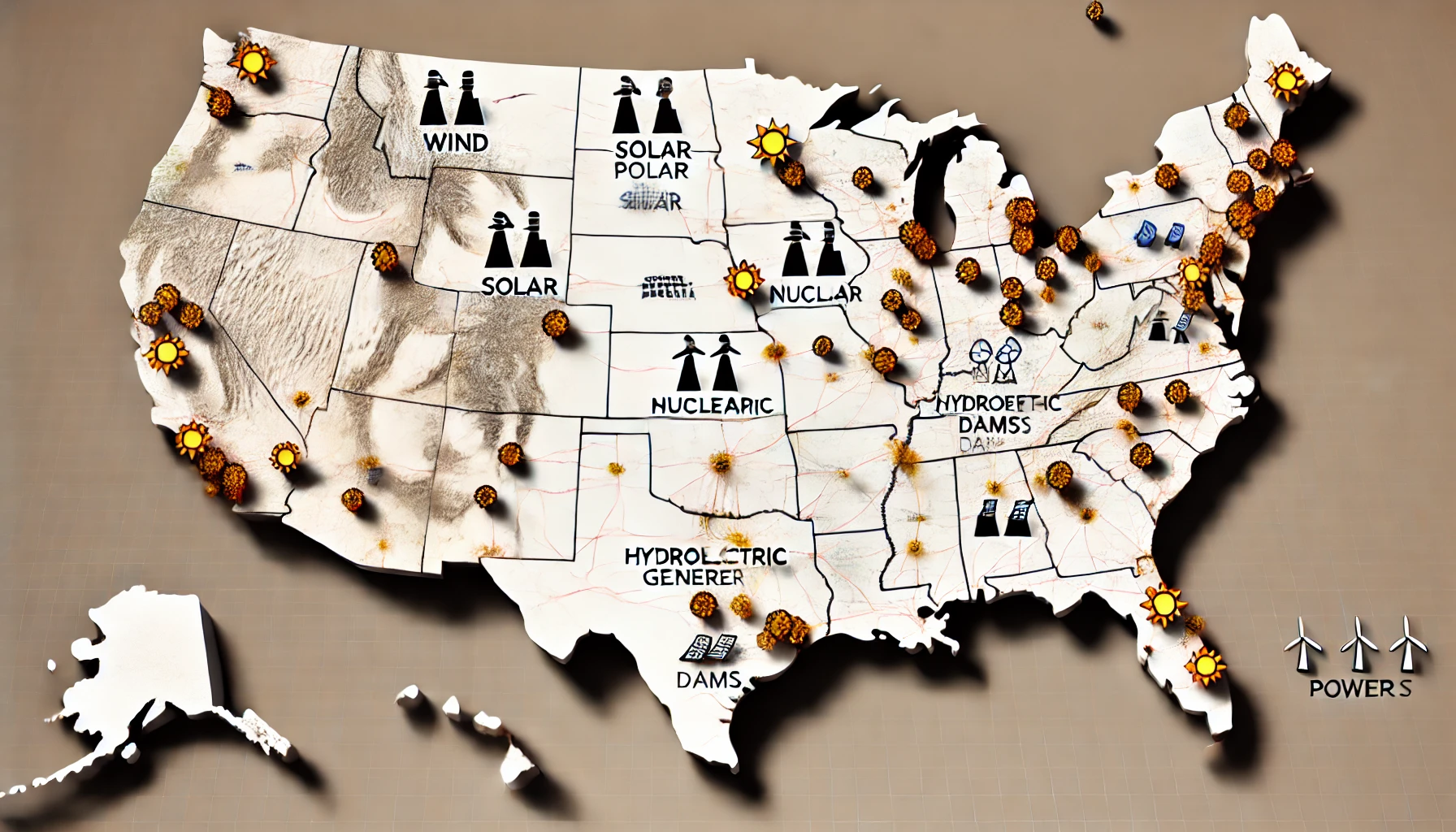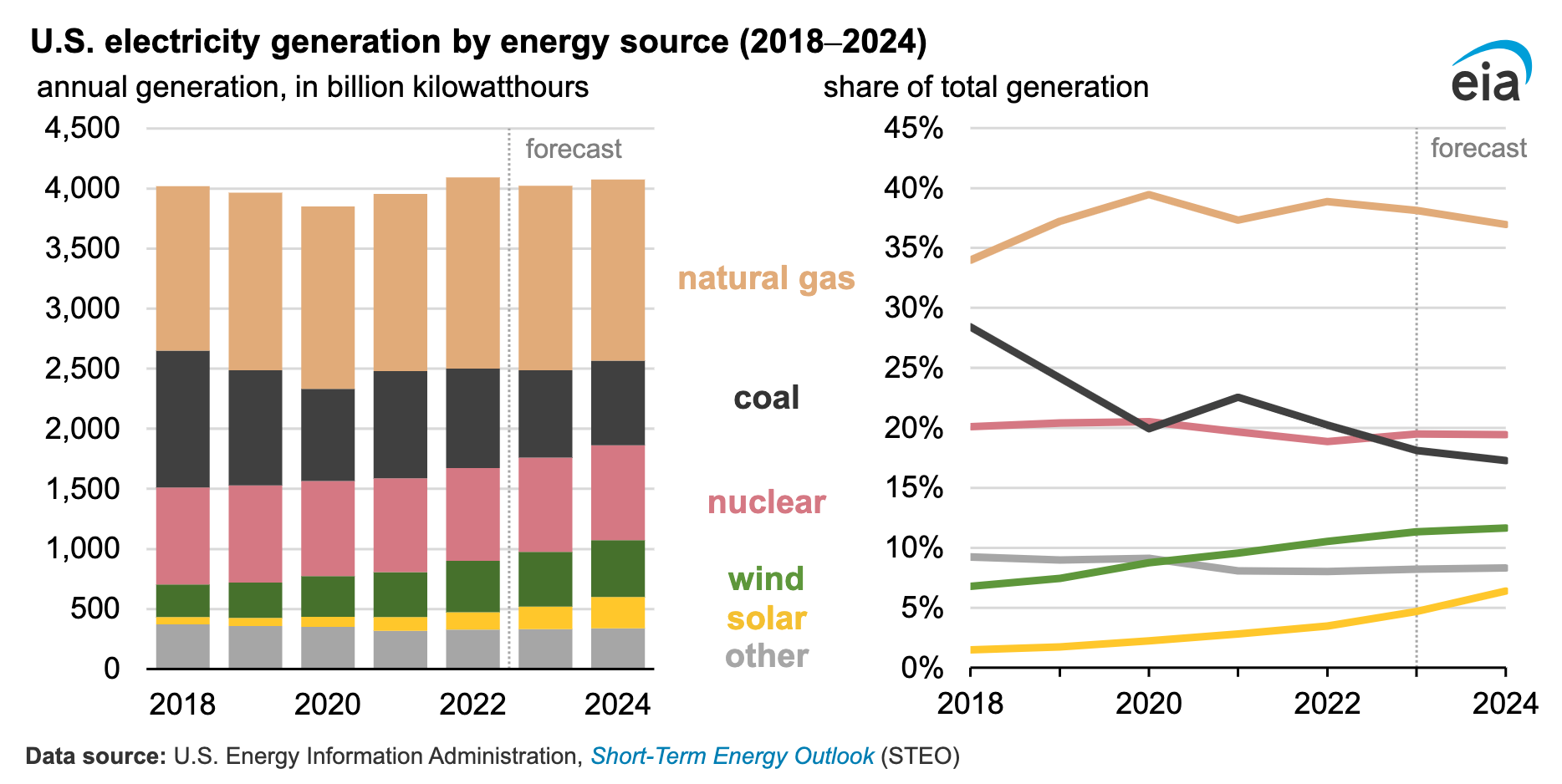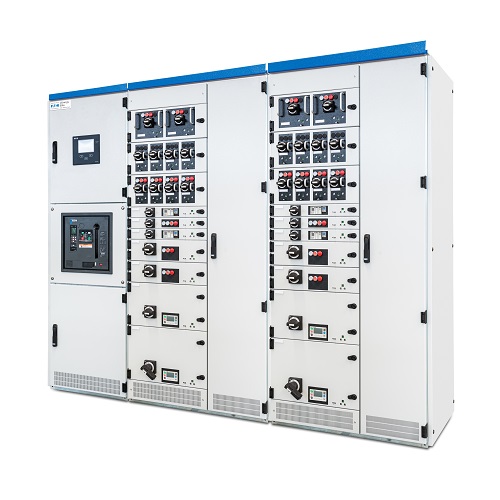Sign up for daily news updates from CleanTechnica on email. Or follow us on Google News!

The reality of the United States’ actual trajectory on electrical generation belies the rhetoric of both Biden and Trump. As noted four years ago, Trump’s administration was against renewables, especially wind energy. The Department of Energy under Perry crafted a report calling for more coal generation, a report which excluded input from renewables representatives. However, the production tax credit (PTC) for wind and investment tax credit (ITC) for solar were extended despite Trump. Trump’s administration did rescind the Clean Power Plan. The administration also weakened regulations and enforcement around mercury and other toxic pollutants from coal plants.

Despite that, wind and solar continued their too-slow upward trajectory in the country, a trajectory which barely changed in the last four years. Total electrical generation in the country is flat and in fact has barely budged since 2000. The country is not increasing supply or demand of electricity while overall primary energy demand has shot up by 50% since 2010, all from fossil fuels. That increase in fossil fuel demand is not from electrical generation, where wind and solar have been slowly eroding market share from the combination of coal, gas, and oil. If the increased demand had been met from renewable electricity, only a third of the primary energy would have been required and vastly less fossil fuel would have been burned.
The Biden administration has enacted several actions to increase wind and solar construction, aiming for quantifiable outcomes in renewable energy capacity and greenhouse gas reduction. The Infrastructure Investment and Jobs Act allocates $65 billion for power infrastructure, including investments in renewable energy and grid modernization, with funding for transmission infrastructure expansion. Tax incentives and credits, such as the PTC and ITC have been extended and expanded, with a new technology-neutral clean energy production credit (CEPC) introduced to eventually replace them and support other low-carbon technologies, including geothermal, hydropower, and nuclear. The administration set a goal of deploying 30 GW of offshore wind by 2030, streamlined permitting processes, and approved the first large-scale offshore wind projects, like Vineyard Wind.
Executive orders aim to increase renewable energy production on federal lands and waters, with plans for 25 GW of renewable energy on public lands by 2025, something that has seen significant uptake with 29 GW of approved projects so far. The Climate Action Plan commits to a 100% carbon pollution-free power sector by 2035. The Department of Energy provided funding for renewable energy technology development through its Office of Energy Efficiency and Renewable Energy and projected solar could provide up to 40% of the nation’s electricity by 2035. Federal financing for renewable energy projects is supported through the Loan Programs Office and the Clean Energy Deployment Administration.
Trump’s failure to overturn renewables and reinstate coal is as obvious as Biden’s failure to radically increase renewables so far. However, that’s because any four-year period is a small amount of time when it comes to energy and especially in a very large, very energy hungry country like the USA. Energy is strategic, not tactical, and the current Administration’s efforts will bear fruit in coming years.
Unfortunately, much of that fruit will be rotten. Just as with the 100% tariffs on Chinese electric vehicles and 25% tariffs on Chinese batteries, the administration has leveed a 50% tariff on Chinese solar panels. Oddly, although Chinese now occupy four of the top five spots for global wind turbine deliveries (GW of delivered product), with long-standing leader Vestas relegated to third and GE spinoff GE Vernova trailing badly at seventh with less than half of the delivered GW of either of the leading Chinese firms, Goldwind and Envision, Chinese wind turbines are not yet subject to additional tariffs beyond the 25% duties the Trump administration levied. Given the Biden administration’s tariff-happy nature and bipartisan support for these anti-free trade, anti-competition tariffs, along with the continued decline of GE, it’s likely that wind turbines will be subject to onerous tariffs under either a Trump or Biden administration.

The numbers are bleak for US manufacturers (and European ones). Chinese solar panels have plummeted further in the past year. The 50% tariff on them brings them up to $0.17 per watt, but the ITC does not exclude Chinese solar, bringing them back down to $0.12, vastly under US panels. The ITC does include a 10% bonus for domestic content, so the $0.28 can drop to $0.17, but that’s still 40% more expensive than Chinese panels. I expect 100% tariffs and possibly ITC exclusions to emerge regardless of which president sits in the White House in 2024, US protectionism and demonization of China being a bipartisan policy these days. The industry and many politicians are lobbying hard for higher tariffs.
The combination is likely to lead to the USA having much higher costs of wind and solar technologies and hence lower deployments of them than other geographies. Europe is implementing tariffs as well, but not as high yet.
However, it’s not just China, the USA, and Europe in the world. The rest of the countries, especially the two-thirds that are in the Belt & Road Initiative, will be benefiting heavily from very cheap solar panels (and wind turbines and EVs and batteries and transmission technologies). US protectionism will limit US solar panels to the US market, which is only about 11% of the current global market and falling backward in terms of market share. The price variance is likely to increase in favor of Chinese solar panels (and wind turbines and EVs and batteries and electrical gear) due to their much greater volume of manufacturing for their bigger domestic market and likely lock on the global market.
Regardless of the price point to developers, wind and solar are the cheapest new sources of electrical generation and as a result are the overwhelming majority of new generation in the country, at least with the 30% ITC and $0.025 per kWh PTC. Countries buying Chinese wind and solar panels don’t need subsidies for cheaper energy, but US policies are going to require that they persist.

The other problem with US electrical generation policy is the high percentage of natural gas combined with high methane leakage from the USA’s oil and gas facilities. At present, even using the US EPA’s low percentage leakage rates, ones which study after study have found to be 33% to as much as 85% below actual emissions, leakage from the industry has eliminated any carbon dioxide reductions from coal generation. Current grams CO2 per kWh calculations understate US grid carbon intensity.
Of course, Trump’s promises are much worse for climate action than Biden’s. The ITC, PTC, and CEPC enable wind and solar, even with more expensive US turbines and panels, to dominate new generation, and Trump has promised to eliminate them. He’s promised to cut the methane price, which would put fiscal wind beneath natural gas generation. The combination would tip the playing field directly toward coal and gas generation — exactly the wrong direction, but very much aligned with the major oil and gas donors that Trump is gaining significant support from. While this wouldn’t eliminate wind and solar, it would slow their development further than the already higher-than-global prices and cheap gas already does.
Have a tip for CleanTechnica? Want to advertise? Want to suggest a guest for our CleanTech Talk podcast? Contact us here.
Latest CleanTechnica.TV Videos
CleanTechnica uses affiliate links. See our policy here.
CleanTechnica’s Comment Policy






